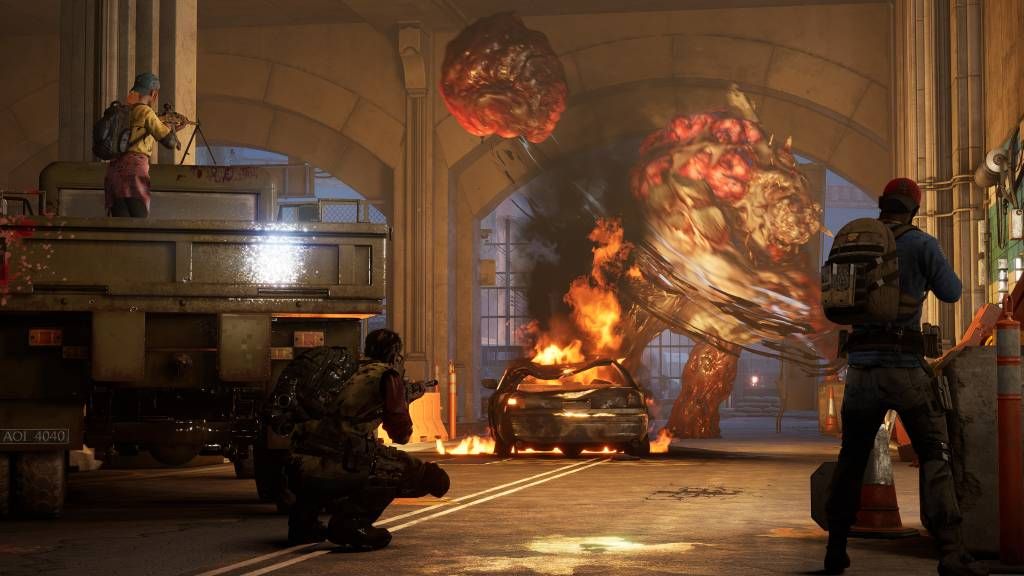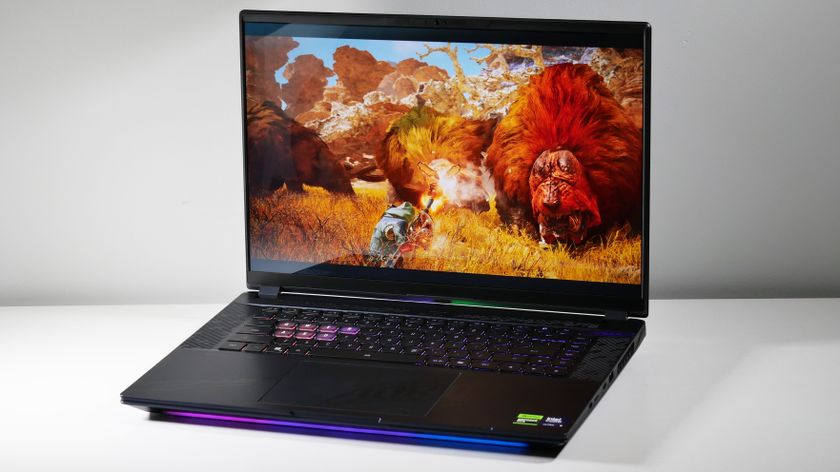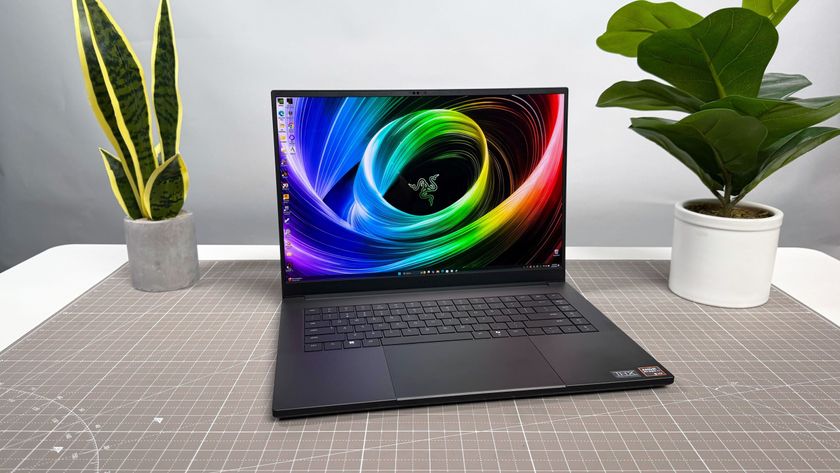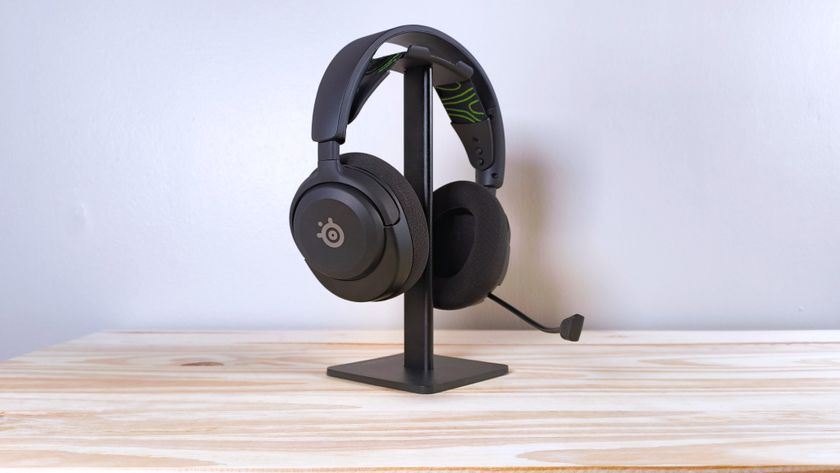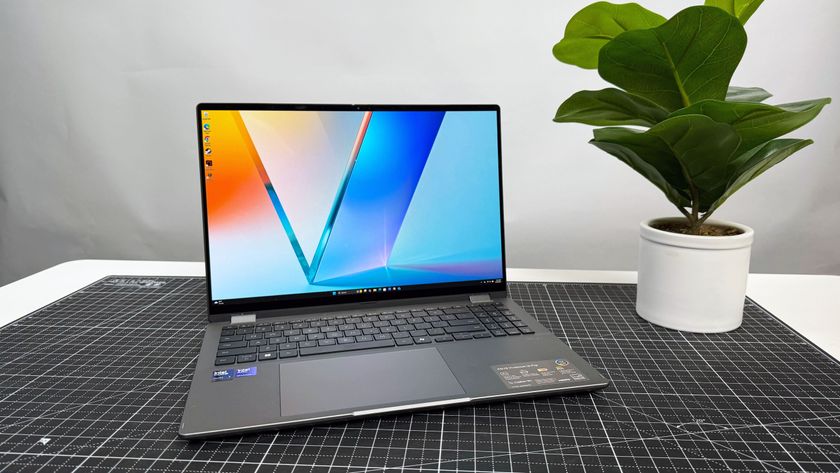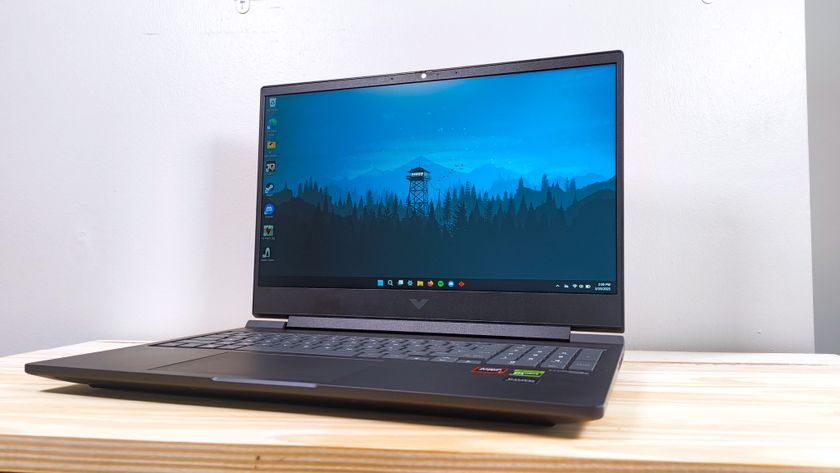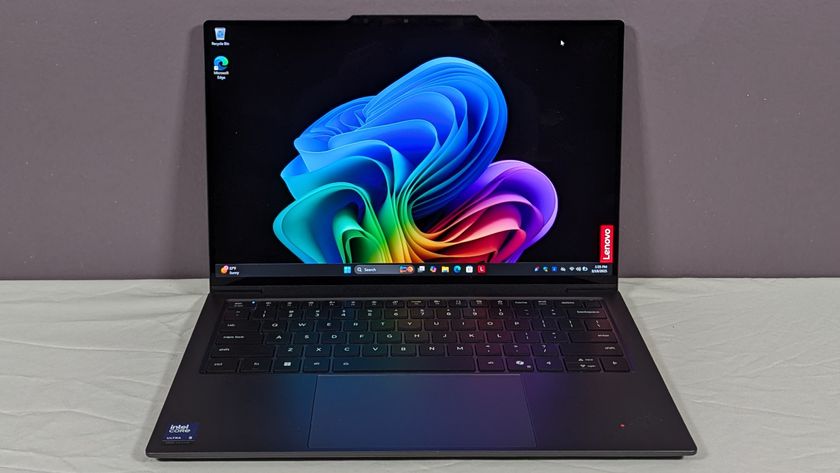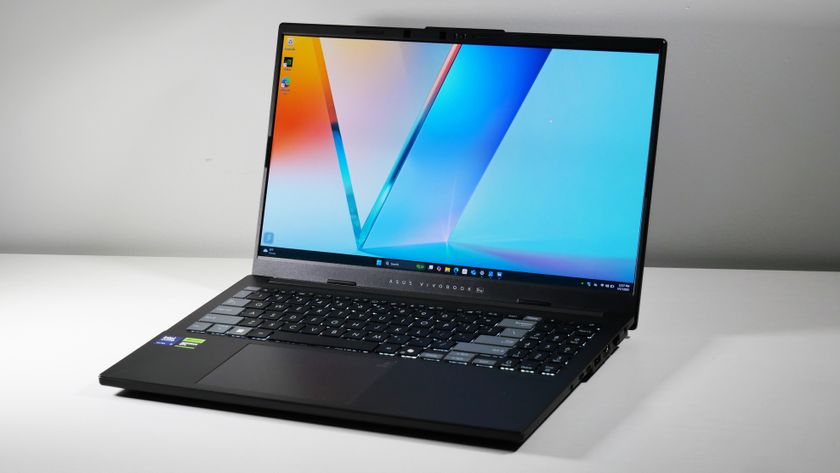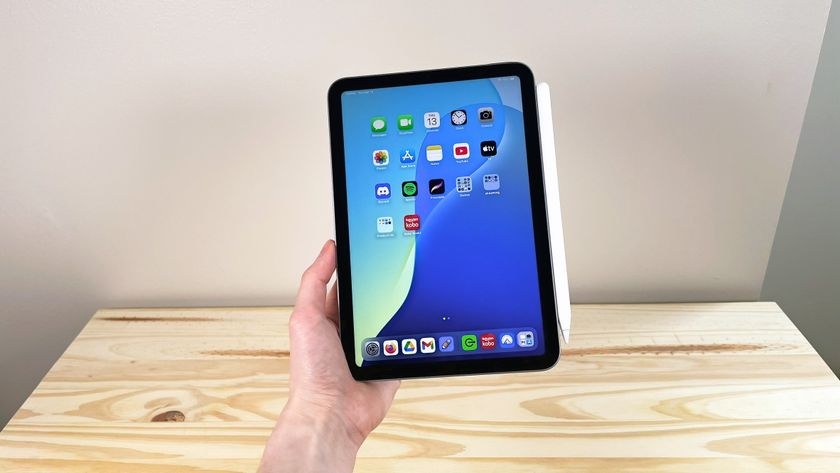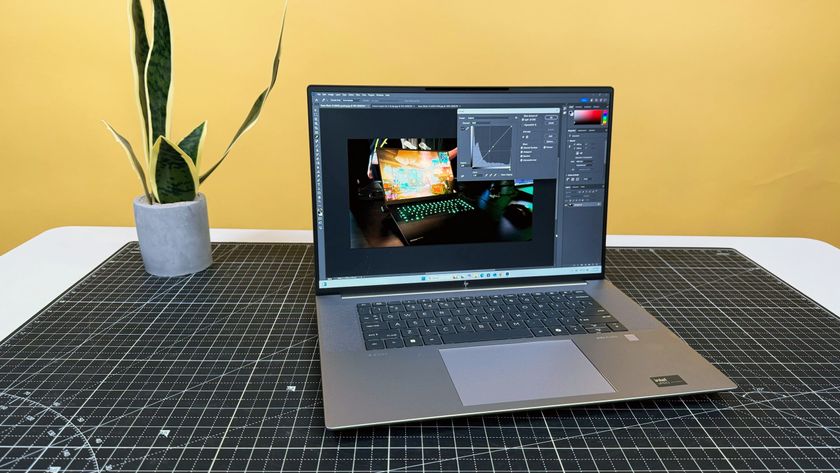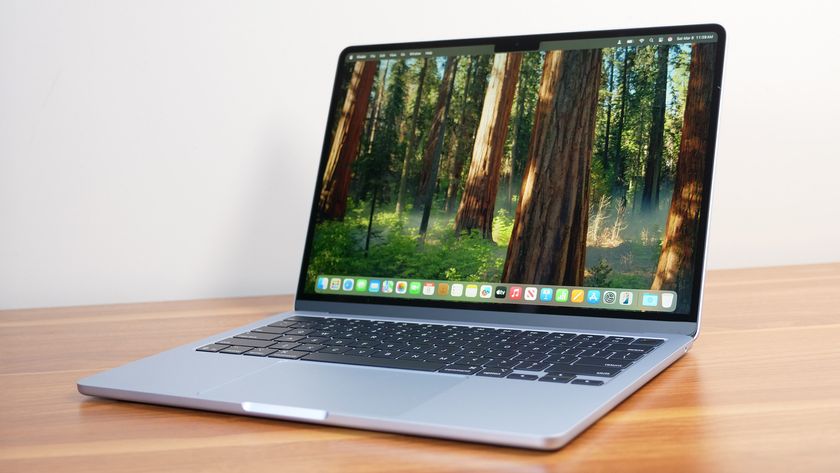Laptop Mag Verdict
Back 4 Blood is the co-op zombie game to beat — scarily addictive, blood-soaked fun that you’ll find hard to put down. It may not offer anything new, but it is a helluva good game that proves just how far ahead of its time Left 4 Dead truly was.
Pros
- +
A gorgeous visual and audio feast
- +
Core Left 4 Dead formula still alive and well
- +
Addictive gameplay
- +
Vast replayability
- +
Card + loot systems provide new depth
Cons
- -
Doesn’t offer anything new
- -
Repetition will not be for everyone
- -
Friendly AI not very helpful
Why you can trust Laptop Mag
One of the MVPs of zombie shooters returns with Back 4 Blood, and as you may have read from my first impressions, Turtle Rock studio hasn’t lost a beat since Left 4 Dead 2 was released back in 2009.
The chaotic co-op spirit is fully intact: online survival horror action with more brain spilling than Arn Anderson could shake a Glock at, along with new elements that promise to bring longevity to the experience.
But how does this classic formula translate into a full game in 2021? Has it aged like fine wine or does its repetition get stale, 12 years after the latest spiritual iteration?
Take them to the cleaners
You probably don’t care about the paint-by-numbers zombie plot that exists in Back 4 Blood purely as an excuse to put you in fun, undead-killing scenarios. So, let’s look past the tale of mutant parasites and cleaners and get to an important part of the mix.

Left 4 Dead was a decent-looking game at the time, but its visual prowess was never a strength compared with other games on the market. Back 4 Blood, however, is a real treat for the eyes and ears, dragging you into its universe with scenes dripping with gory atmosphere and sound effects that vary from fear-building roars of the ridden to the satisfying explosiveness of your arsenal of weaponry.
Making me smile every time is how your character gets progressively more blood-soaked throughout a level, to the point where your gun looks like it was equipped with a new red skin. It’s the small details that ensure Back 4 Blood makes a big impression on you.
A crash corpse on addictive gameplay
Of course, graphics aren’t the priority in a game like this. If you’ve already read my first impressions, then you also know the game plays well. To everyone else, the answer is simply “yes.”
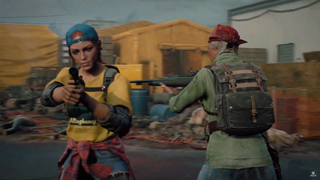
Character control is fast, responsive and grounded; weapons feel nice and weighty, and the context-aware point marking system is warmly welcomed for making your team notice additional weapons, items and enemies.
In fact, Turtle Rock has taken the time to rectify some of its issues in the past — most prominently, the repetitive A-to-B mission structure now has an interesting ebb and flow. Levels alter in scale from vast set pieces to claustrophobic mazes and the tasks within them give you a decent variety of challenges.
But the beauty lies in having all of these elements together in the multiplayer mode. Versus is fun and gives you an alternative to the standard game, but let’s be honest, the magic is in this traditional act-based co-op.

In these moments, Back 4 Blood comes into its own as one of the best co-op shooter experiences of the year. Communication and teamwork is essential, making this mode an entertaining return to form for the sub-genre.
It’s not perfect, as moronic team AI can attest to in solo campaign run throughs that makes single player feel more like a chore, but that Left 4 Dead essence is still there with over a decade of knowledge and additional finesse making it better.
Yawn of the dead
Let’s address the undead elephant in the room: Left 4 Dead had a problem with repetition and Back 4 Blood doesn’t solve it. That said, Turtle Rock added a new loot and card system to elongate your tactical thinking across multiple levels and provide additional depth.
Switching out your standard safe room table full of guns for an ammo and items crate that needs copper you gather throughout each level gives the experience Counter Strike-esque currency management planning for your team.
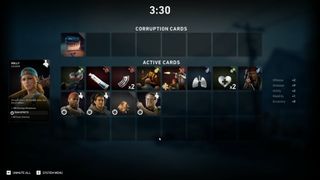
Alongside this addition, cards add a new wrinkle. Active cards improve your character in certain attributes like reload speed, energy and healing efficiency — giving you the chance to tweak your character in certain skills like you would in an RPG. Meanwhile, corruption cards are drawn by the AI game director to add new complications to each level like side objectives, weather adjustments, elements that can call the horde, and even boss fights.
This, on top of the standard duties of the AI working against you, sounds like a lot to pin on the director, but after a while, you can guess what it will do based on your pace and route through levels. Here’s where the repetition rears its ugly head. Your only option is to accept it as part of a game you enjoy or it will get tiring.
Back 4 Blood PC performance
Turtle Rock Studios tweeted the spec requirements for Back 4 Blood, which start at a minimum of 6th Gen Intel Core i5, a GTX 1050 Ti GPU and 8GB RAM, and go up to an 8th Gen Core i7 and RTX 2080 Ti.

I tested this game both on an Xbox Series S and (more importantly to this section) my old Asus Zephyrus G15 with a 3rd Gen AMD Ryzen 7 processor, an Nvidia GeForce GTX 1660Ti GPU and 16GB of RAM.
For me, this configuration was enough to handle Back 4 Blood at medium settings, while running at between 55-60 frames per second. Reduce the detail and I achieved a stable, faster framerate, but any more graphical fidelity and I stayed below 25 fps nearly the entire game.
Bottom line
I’m finishing this review at 4am with my fifth cup of coffee in hand after having lost track of time. This rarely happens to a guy in his thirties who struggles to stay up past 11pm. It speak volumes to how addicting this game is.
Sure, Turtle Rock hasn’t changed much from the Left 4 Dead formula (including the repetition problems), which means Back 4 Blood isn’t the revolutionary return to the genre gamers hyped it up to be. But the intense action, online multiplayer mayhem and satisfying shooting mechanics make this easy to forgive.
This is the spiritual successor to Left 4 Dead we’ve all wanted, and trust me, it’s been worth the wait.

Jason brought a decade of tech and gaming journalism experience to his role as a writer at Laptop Mag, and he is now the Managing Editor of Computing at Tom's Guide. He takes a particular interest in writing articles and creating videos about laptops, headphones and games. He has previously written for Kotaku, Stuff and BBC Science Focus. In his spare time, you'll find Jason looking for good dogs to pet or thinking about eating pizza if he isn't already.
